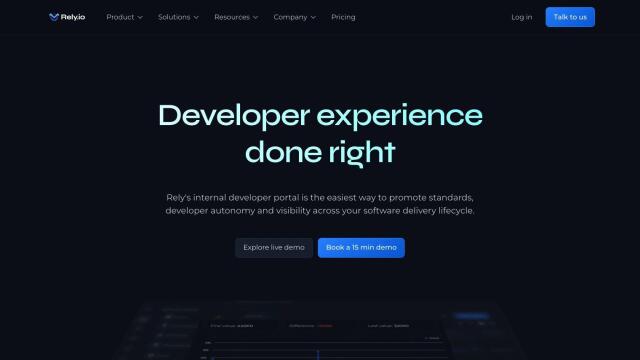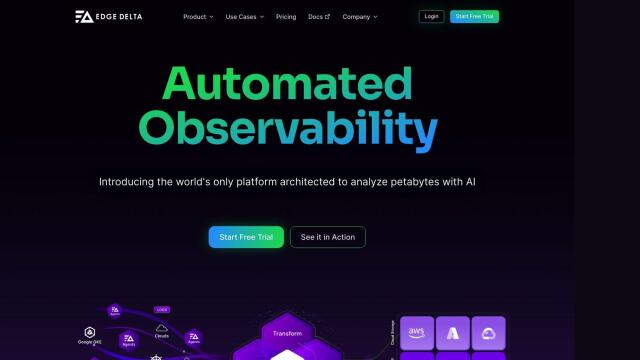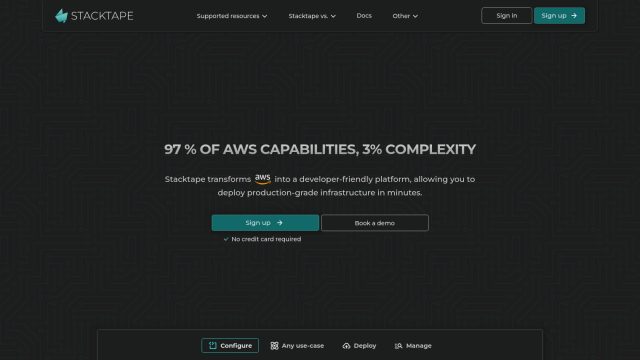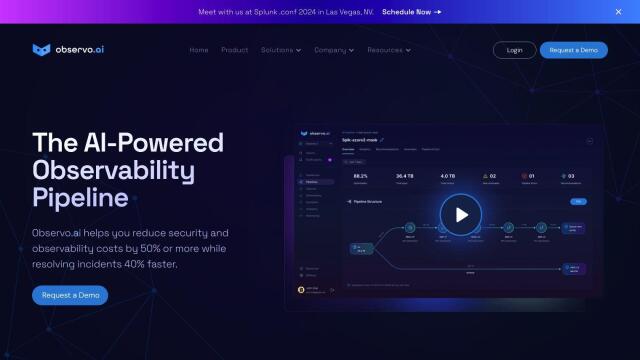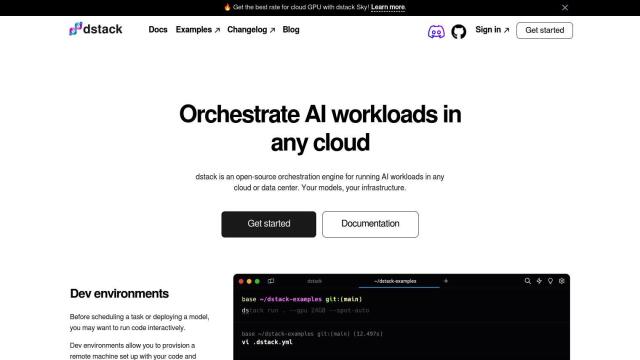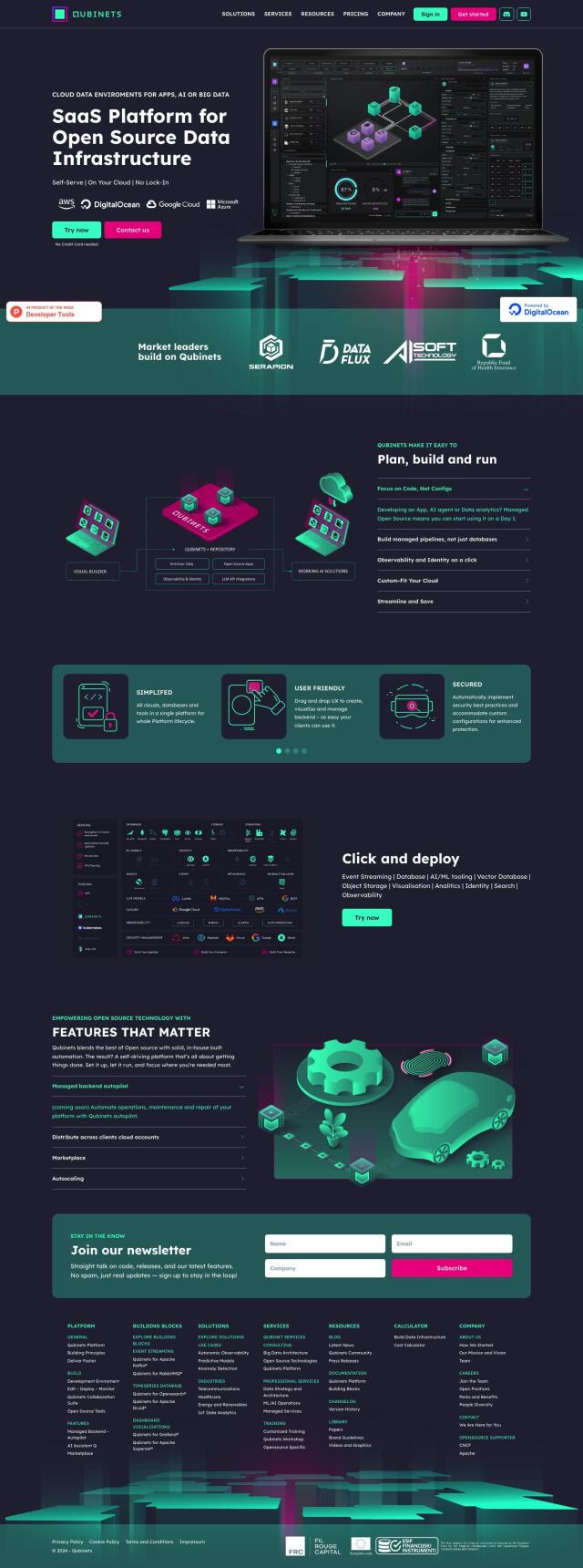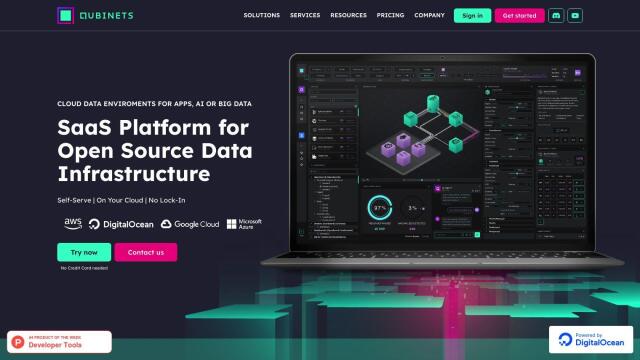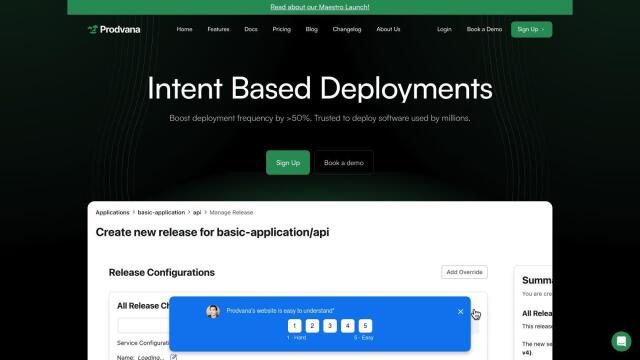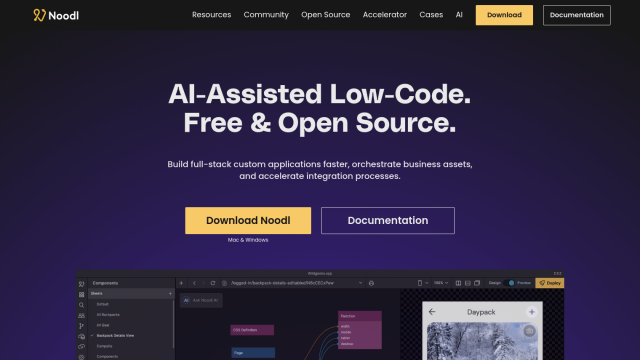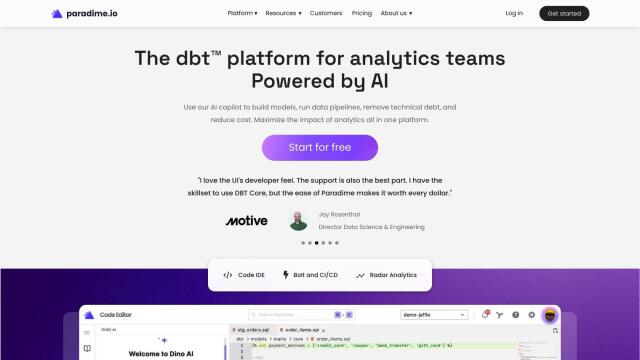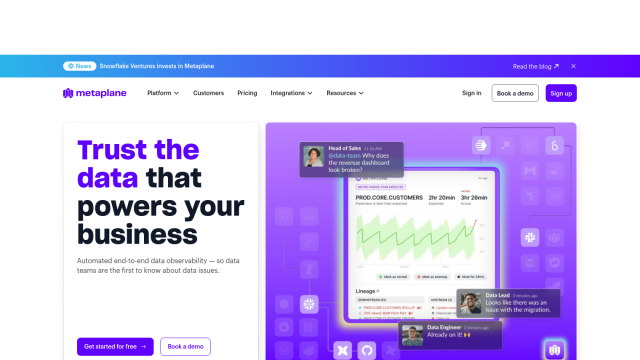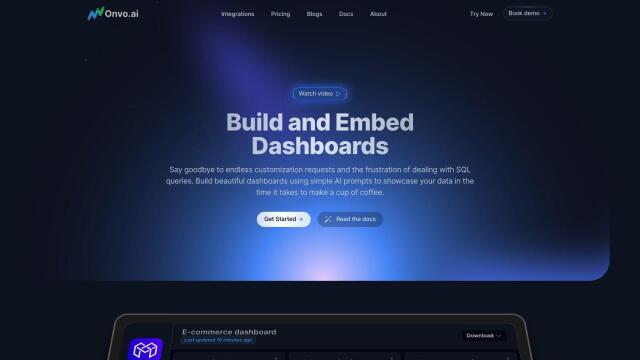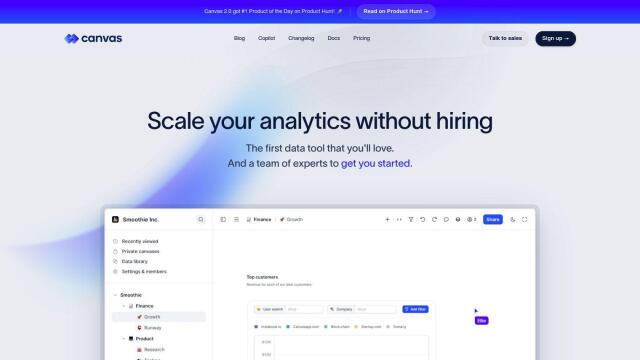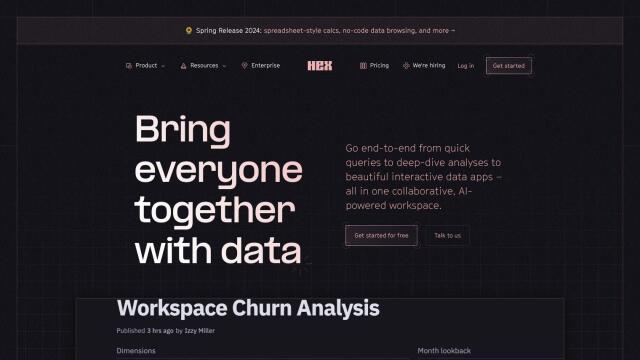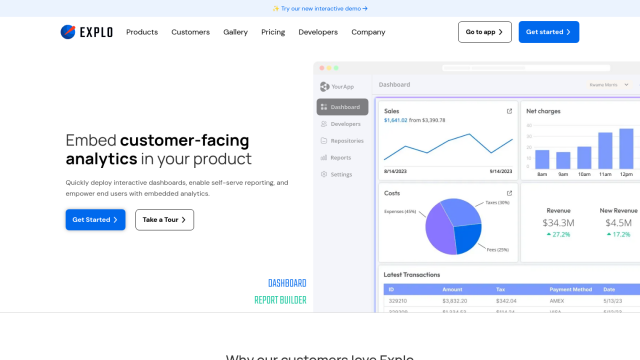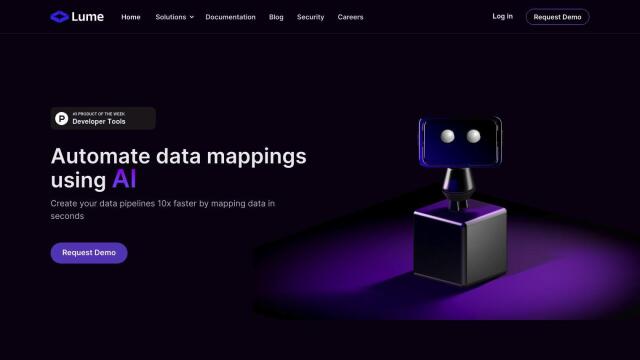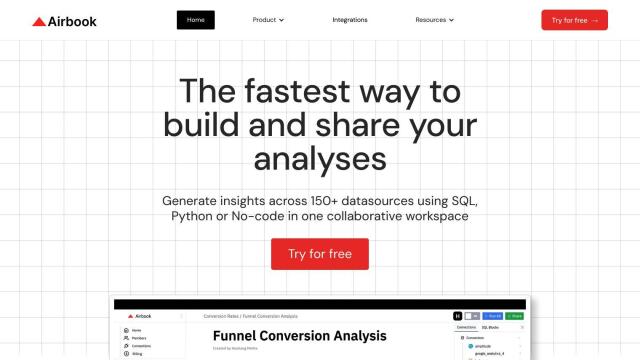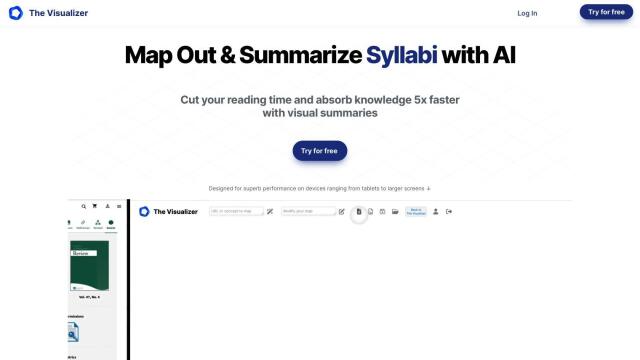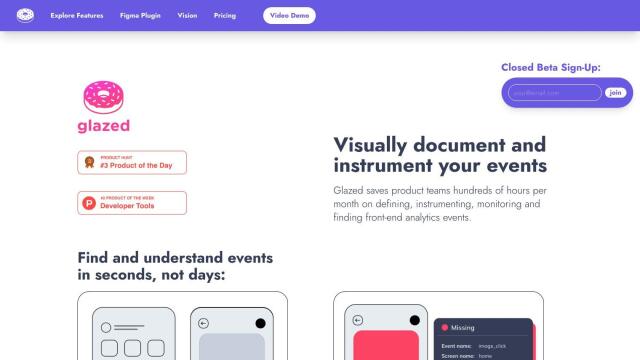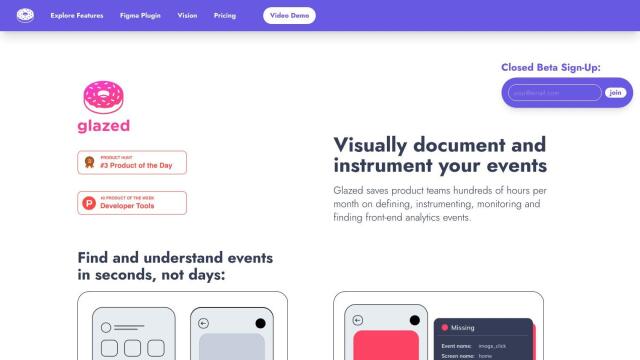Question: I need a tool that helps me visualize my cloud infrastructure and dependencies to speed up onboarding and troubleshooting.
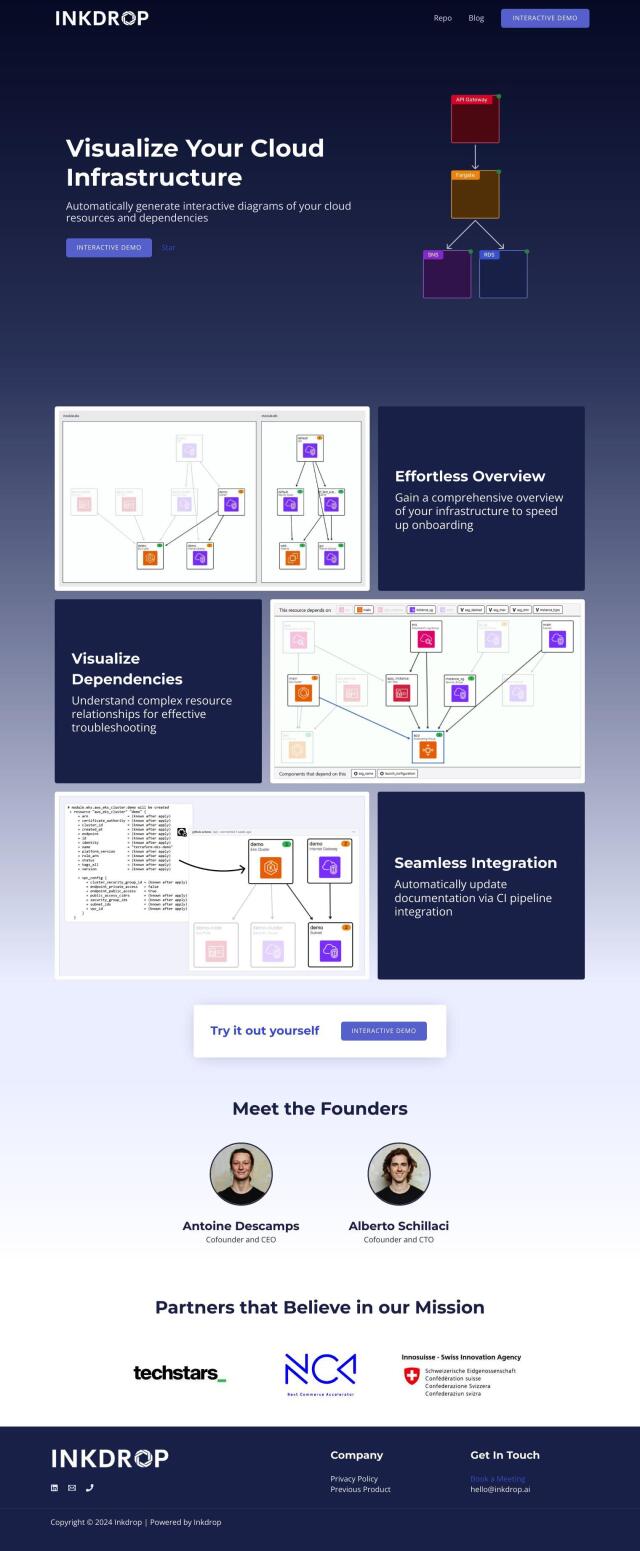
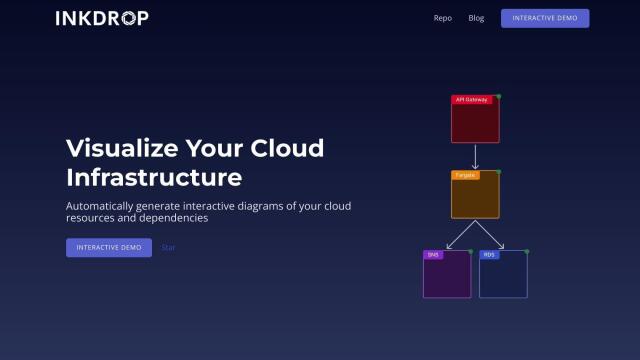
Inkdrop
If you need a tool to visualize your cloud infrastructure and its dependencies, Inkdrop is a great option. It automatically creates interactive diagrams of cloud resources and their dependencies, so you can get up to speed faster and troubleshoot better. Inkdrop can be integrated with CI pipelines to update documentation and offers features like intuitive visualization, smart filtering, and interactive exploration. It's a good option for Terraform users and for engineering managers, DevOps teams and companies with complex infrastructure who need to collaborate.

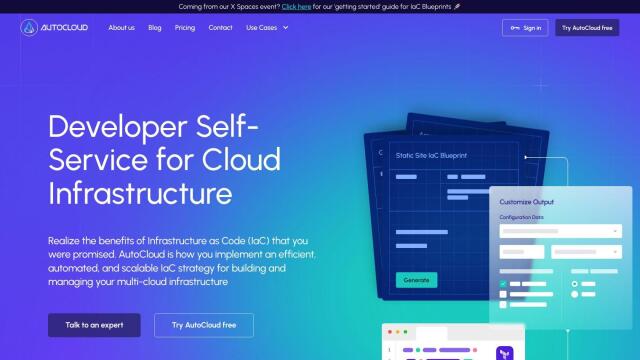
AutoCloud
Another tool worth a look is AutoCloud, which offers immediate visibility into public cloud infrastructure with visualizations, change management, and a GraphQL API. It's geared for infrastructure as code (IaC) approaches to try to solve problems like slow delivery, overspending, security vulnerabilities and scaling limits. AutoCloud offers features like reverse Terraform, IaC blueprints and drift detection, and it's useful for both technical and nontechnical people.

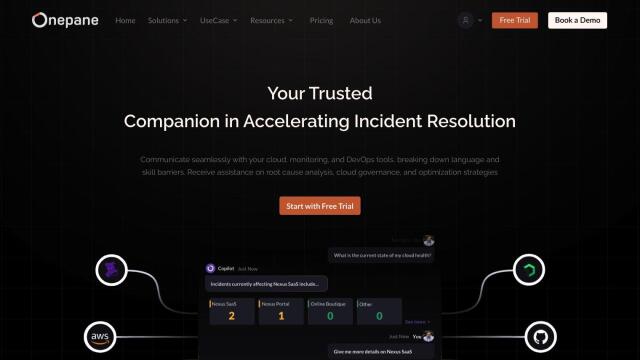
Onepane
If you need real-time monitoring and automated root cause analysis, Onepane is a good sidekick. It offers real-time monitoring, automated root cause analysis, performance insights and dynamic service mapping. Onepane simplifies complex IT operations, letting teams communicate directly with their cloud, monitoring and DevOps tools. It caters to different business needs with different pricing levels, so it's good for improving incident resolution and cloud management.

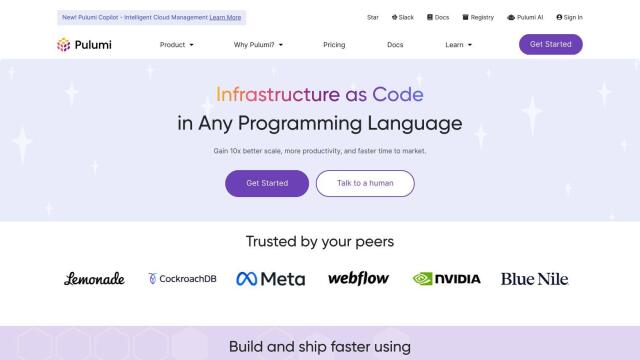
Pulumi
Last, Pulumi is an open-source IaC SDK that lets developers create, deploy and manage infrastructure across multiple clouds using their favorite programming languages. It supports cloud providers including AWS, Azure, Google Cloud and Kubernetes. Pulumi can be integrated with existing software delivery pipelines for versioning, testing and deployment of infrastructure code, so it's a good choice for increasing productivity and collaboration in infrastructure operations.

